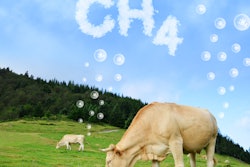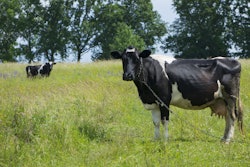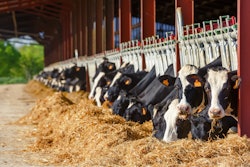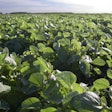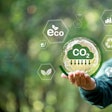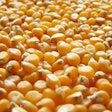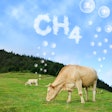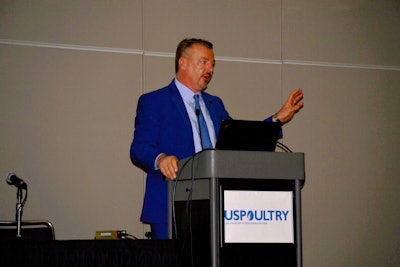
Poultry may be monogastric, producing little enteric methane, escaping much of the criticism levelled at livestock production for contributing to greenhouse gas emissions.
Nevertheless, recent challenges to established views on methane, may offer some insight for the sector as it seeks to not only improve its environmental footprint, but also protect itself from criticism.
Speaking at the International Production & Production Expo (IPPE) 2024, Dr. Frank Mitloehner, of the University of California-Davis, said that the main greenhouse gas produced by animal agriculture methane is probably its largest liability internationally, but that the way that it has been quantified has been inherently wrong.
Greenhouse gases have traditionally been measured by global warming potential, with the result that methane has been seen as being 28 times more powerful than CO2 at trapping heat from the sun.
What has not been widely recognized, however, is that there are important and meaningful differences between greenhouse gases.
Given that methane is livestock’s main greenhouse gas emission, it is essential that it is properly understood.
Problem or solution
Methane is usually viewed as a problem, and it can be if simply goes into the air. However, methane is the fuel that is used for domestic cooking and, in this context, it is not seen as a problem but an asset.
The question then arises, what can be done with the methane that comes from agriculture? It is already being collected in some parts of the world for use as fuel. It can be part of the solution to climate change, and the same cannot be said of other greenhouse gases.
Harvested or naturally destroyed?
To date, the fact that that methane is naturally destroyed in the atmosphere has been ignored. It may be potent, but is also short lived, and not cumulative like CO2. After 10-12 years it has simply gone.
If livestock herds remain constant, then almost an equal amount of methane that is produced by those animals is also being destroyed, meaning that a constant livestock herd, in general terms, does not result in additional global warming.
Livestock’s methane output can be reduced, through genetics or more efficient management, for example, reducing warming.
The characteristics of methane have been known for a long, however, it is only new that a more complete view of methane is being taken in the policy field. A more complete view of methane has now been taken by the Intergovernmental Panel on Climate Change, for example.
For agriculture, where methane is concerned, at least in policy circles, this more complete view of methane is helping to recast perceptions of the sector’s role.


